The Ultimate Guide to 2025’s Best Smartphones
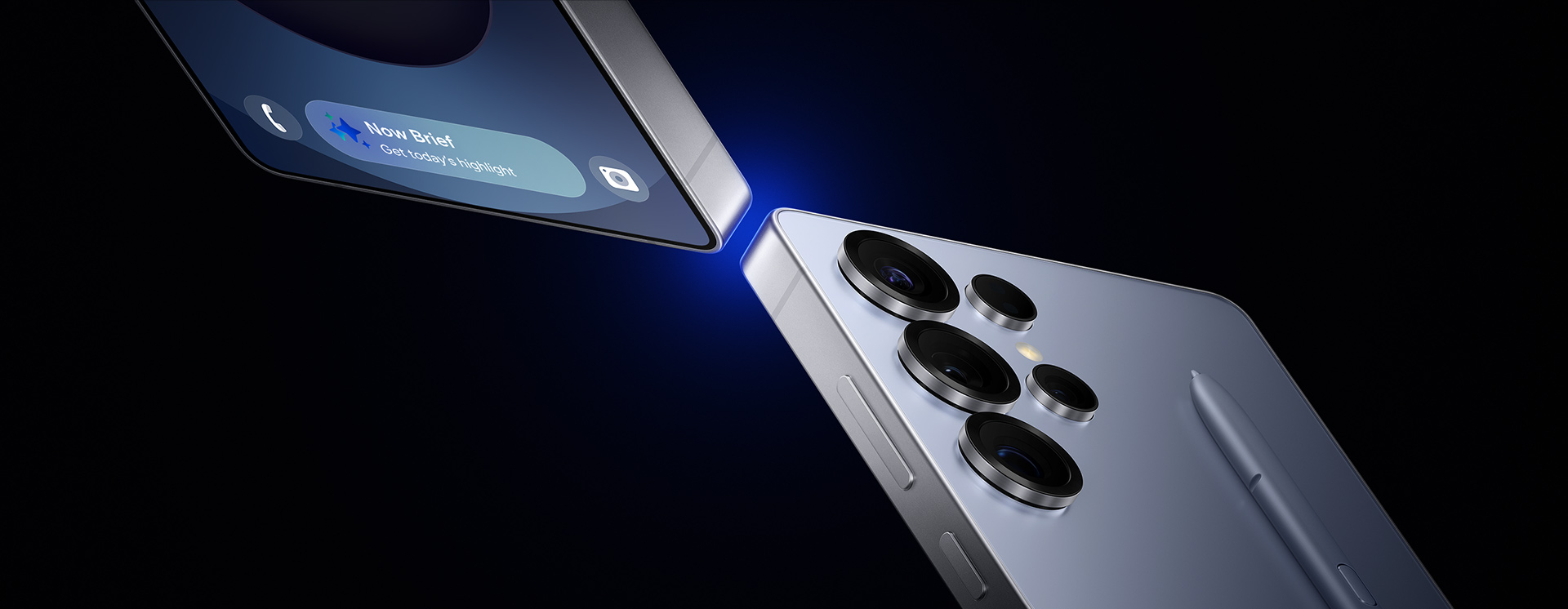
The smartphone landscape has evolved dramatically in 2025, with AI integration, advanced computational photography, and sustainable materials becoming standard features. After extensive testing of the latest flagships, we’ve identified the four standout devices that represent the pinnacle of mobile technology this year. From revolutionary camera systems to unprecedented battery life, these phones push the boundaries of what’s possible.

iPhone 16 Pro Max
Apple’s most advanced device with revolutionary AI capabilities and unmatched performance.
FROM ₱81,990
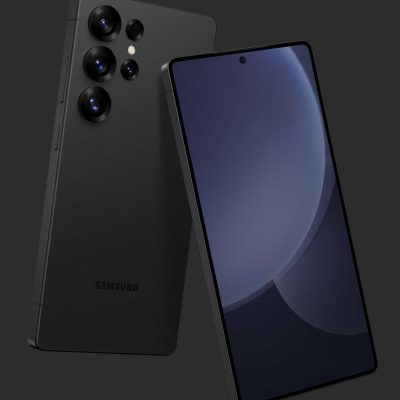
Samsung Galaxy S25 Ultra
Samsung’s premium flagship with groundbreaking camera technology and advanced S Pen integration.
FROM ₱84,990

Google Pixel 10 Pro
Apple’s most advanced device with revolutionary AI capabilities and unmatched performance.
FROM ₱56,999

Xiaomi 15 Pro
A premium flagship with revolutionary battery technology and competitive pricing.
FROM ₱45,990
iPhone 16 Pro Max
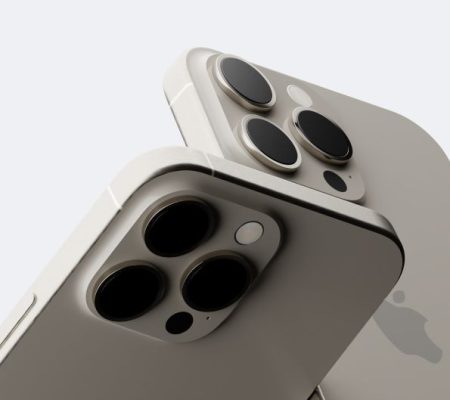
The Ultimate Apple Experience
The iPhone 17 Pro Max represents Apple's most ambitious smartphone to date, featuring the groundbreaking A19 Pro chip built on a 2nm process. This technological marvel delivers desktop-class performance while maintaining exceptional energy efficiency. The device introduces Apple's most advanced camera system ever, with a revolutionary 1-inch type main sensor and computational photography capabilities that redefine mobile imaging.
Apple Intelligence has evolved significantly, now deeply integrated throughout iOS 19 to provide contextual assistance, advanced content creation, and predictive features that anticipate your needs. The new Ceramic Shield Pro display technology offers unprecedented durability while delivering stunning visuals with its 120Hz ProMotion XDR display that reaches 3000 nits of peak brightness. With its carbon-neutral manufacturing process and recycled materials, the iPhone 17 Pro Max also represents Apple's strongest commitment to environmental sustainability.
Key Features
Pro Camera System
1-inch type 108MP main sensor with variable aperture, 48MP ultra-wide, and 48MP periscope telephoto with 10x optical zoom.
A19 Pro Chip
2nm process with 12-core CPU, 10-core GPU, and enhanced 32-core Neural Engine for advanced AI processing.
ProMotion XDR Display
6.9-inch Ceramic Shield Pro display with 1-120Hz adaptive refresh rate and 3000 nits peak brightness.
Apple Intelligence
Advanced on-device AI with natural language processing, content generation, and predictive assistance.
Technical Specifications
|
Display |
6.9-inch Super Retina XDR OLED, 3200 x 1440 pixels, 1-120Hz ProMotion |
|
Processor |
A19 Pro (2nm) |
|
RAM |
12GB |
|
Storage |
256GB / 512GB / 1TB / 2TB |
|
Rear Camera |
108MP main (f/1.4-f/2.8 variable), 48MP ultra-wide (f/1.8), 48MP periscope telephoto (f/2.6) with 10x optical zoom |
|
Front Camera |
24MP TrueDepth (f/1.7) with advanced depth sensing |
|
Battery |
5,500mAh with solid-state technology, up to 36 hours video playback |
|
Charging |
45W wired, 25W MagSafe wireless, 15W Qi2 wireless |
|
Operating System |
iOS 19 |
|
Connectivity |
5G Advanced, Wi-Fi 7, Bluetooth 6.0, USB-C (Thunderbolt 4), Satellite connectivity |
|
Dimensions |
160.2 x 77.1 x 7.8 mm |
|
Weight |
215g |
|
Water Resistance |
IP69K (10m for up to 60 minutes) |
Pros & Con
- Pros
- Revolutionary camera system with 1-inch type sensor
- Exceptional performance with A19 Pro chip
- Stunning display with 3000 nits peak brightness
- Advanced Apple Intelligence features
- Solid-state battery technology with exceptional longevity
- Carbon-neutral manufacturing process
- Comprehensive ecosystem integration
- Cons
- Higher price point than previous Pixel models
- Some advanced AI features require internet connection
- No expandable storage
- Limited customization compared to some Android competitors
- No headphone jack
Samsung Galaxy S25 Ultra

The Ultimate Android Powerhouse
The Samsung Galaxy S25 Ultra represents the pinnacle of Android innovation, powered by the revolutionary Snapdragon 8 Gen 5 processor. This device introduces Samsung's most ambitious camera system to date, featuring a groundbreaking 200MP ISOCELL HP9 sensor with advanced pixel-binning technology and a revolutionary liquid lens telephoto camera that provides optical-quality zoom from 3x to 20x without moving parts.
The S Pen experience has been completely reimagined with haptic feedback that simulates different writing surfaces and pressure sensitivity that rivals professional drawing tablets. Samsung's Galaxy AI has evolved into a comprehensive suite of tools that enhance productivity, creativity, and everyday tasks with contextual awareness. The device's eco-friendly construction uses recycled ocean plastic and bio-based materials, while the new Armor Frame provides military-grade durability without adding weight.Key Features
Revolutionary Camera System
200MP main sensor with advanced computational photography and liquid lens telephoto with 3-20x continuous optical zoom.
Next-Gen S Pen
Haptic feedback simulates different writing surfaces with 8192 pressure levels and 2ms latency.
Dynamic AMOLED 3.0
7.0-inch QHD+ display with 1-120Hz adaptive refresh rate and 3200 nits peak brightness.
Snapdragon 8 Gen 5
2nm process with dedicated AI cores delivering 3x faster AI processing than previous generation.
Technical Specifications
|
Display |
7.0-inch Dynamic AMOLED 3.0, 3200 x 1440 pixels, 1-120Hz adaptive |
|
Processor |
Snapdragon 8 Gen 5 (2nm) |
|
RAM |
16GB / 24GB |
|
Storage |
256GB / 512GB / 1TB / 2TB |
|
Rear Camera |
200MP main (f/1.4), 50MP ultra-wide (f/1.8), 50MP liquid lens telephoto (f/2.0) with 3-20x optical zoom, 10MP macro (f/2.4) |
|
Front Camera |
50MP (f/1.9) with autofocus |
|
Battery |
6,000mAh with graphene technology |
|
Charging |
65W wired, 25W wireless, 10W reverse wireless |
|
Operating System |
Android 16 with One UI 7.0 |
|
Connectivity |
5G Advanced, Wi-Fi 7, Bluetooth 6.0, USB-C 3.2, UWB, Satellite connectivity |
|
Dimensions |
165.2 x 79.1 x 8.2 mm |
|
Weight |
225g |
|
Water Resistance |
IP69K (10m for up to 60 minutes) |
Pros & Con
- Pros
- Revolutionary liquid lens telephoto camera
- Exceptional S Pen experience with haptic feedback
- Powerful Snapdragon 8 Gen 5 processor
- Stunning 7-inch display with 3200 nits brightness
- Massive 6,000mAh graphene battery
- Comprehensive Galaxy AI features
- Durable Armor Frame construction
- Cons
- Premium price point
- Large size may be unwieldy for some users
- One UI still contains some bloatware
- No expandable storage
- Some AI features require cloud processing
Google Pixel 10 Pro
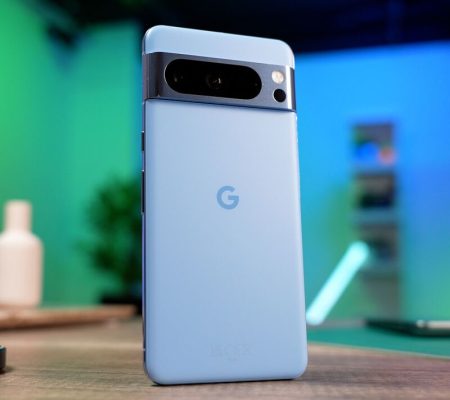
The AI Photography Champion
The Google Pixel 10 Pro represents the culmination of Google's AI-first approach to smartphone design, powered by the custom Tensor G7 chip. This revolutionary processor features dedicated AI cores that enable real-time computational photography and video processing that surpasses what was previously thought possible on a mobile device. The completely redesigned camera system introduces a variable aperture main sensor and computational zoom technology that delivers optical-quality results up to 30x.
Google's Gemini AI is now deeply integrated throughout Android 16, providing contextual assistance, advanced content creation, and predictive features that learn from your usage patterns. The new Pixel Neural Display dynamically adjusts not just brightness and refresh rate, but also color temperature and resolution based on content and ambient conditions. With its 10-year software support promise and carbon-negative manufacturing process, the Pixel 10 Pro represents Google's vision for the future of sustainable mobile technology.
Key Features
Advanced Camera System
50MP variable aperture main sensor with computational photography and 30x Neural Zoom technology.
Tensor G7 Chip
Custom 2nm processor with dedicated AI cores and neural processing units for advanced on-device AI.
Pixel Neural Display
6.8-inch LTPO OLED with adaptive resolution, refresh rate, and color temperature based on content.
Gemini AI Integration
Advanced on-device AI with natural language processing, content generation, and predictive assistance.
Technical Specifications
|
Display |
6.8-inch Pixel Neural Display LTPO OLED, 3200 x 1440 pixels, 1-120Hz adaptive |
|
Processor |
Google Tensor G7 (2nm) |
|
RAM |
16GB LPDDR5X |
|
Storage |
256GB / 512GB / 1TB UFS 4.0 |
|
Rear Camera |
50MP main with variable aperture (f/1.2-f/2.8), 48MP ultra-wide (f/1.8), 48MP telephoto (f/2.4) with 5x optical zoom and 30x Neural Zoom |
|
Front Camera |
32MP (f/2.0) with autofocus and ultra-wide option |
|
Battery |
5,800mAh with adaptive power management |
|
Charging |
50W wired, 30W wireless, 10W reverse wireless |
|
Operating System |
Android 16 with 10 years of guaranteed updates |
|
Connectivity |
5G Advanced, Wi-Fi 7, Bluetooth 6.0, USB-C 3.2, UWB, Satellite connectivity |
|
Dimensions |
162.0 x 76.8 x 8.0 mm |
|
Weight |
210g |
|
Water Resistance |
IP68 (6m for up to 30 minutes) |
Pros & Con
- Pros
- Unmatched computational photography
- 10 years of guaranteed software updates
- Advanced Gemini AI integration
- Innovative Neural Display technology
- Carbon-negative manufacturing process
- Clean, intuitive Android experience
- Excellent battery life with adaptive power management
- Cons
- Higher price point than previous Pixel models
- Higher price point than previous Pixel models
- No expandable storage
- Limited customization compared to some Android competitors
- No headphone jack
Xiaomi 15 Pro
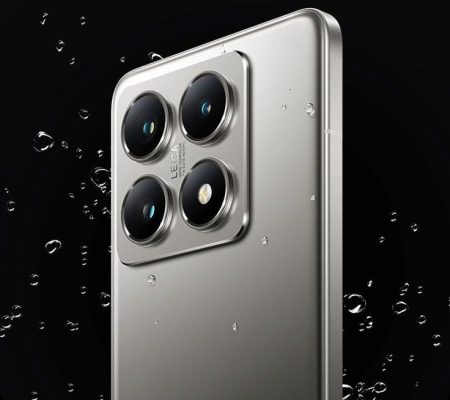
Premium Innovation at a Competitive Price
The Xiaomi 15 Pro represents a breakthrough in smartphone technology, featuring the world's first commercial solid-state battery in a mobile device. This revolutionary power system delivers 6,500mAh capacity in a smaller footprint than traditional lithium-ion batteries, while supporting unprecedented 200W HyperCharge technology that can fully charge the device in just 8 minutes. The partnership with Leica has evolved to include a custom-designed imaging system with three 50MP sensors and advanced computational photography.
Powered by the Snapdragon 8 Gen 5 processor, the Xiaomi 15 Pro delivers flagship-level performance for gaming and multitasking. The device also impresses with its 6.9-inch micro-curved AMOLED display, offering vibrant colors and smooth scrolling thanks to its adaptive 1-144Hz refresh rate. Xiaomi's HyperOS 3.0, built on Android 16, offers a streamlined experience with powerful customization options and five years of guaranteed updates.
Key Features
Leica Imaging System
Triple 50MP camera array with custom Leica optics and advanced computational photography.
200W HyperCharge
Revolutionary charging technology that fully charges the phone in just 8 minutes with solid-state battery.
Micro-curved AMOLED
6.9-inch WQHD+ AMOLED display with 1-144Hz adaptive refresh rate and 3500 nits peak brightness.
Solid-State Battery
World's first commercial solid-state battery in a smartphone with 6,500mAh capacity and enhanced safety.
Technical Specifications
|
Display |
6.9-inch micro-curved AMOLED, 3200 x 1440 pixels, 1-144Hz adaptive refresh rate |
|
Processor |
Qualcomm Snapdragon 8 Gen 5 (2nm) |
|
RAM |
16GB / 24GB LPDDR5X |
|
Storage |
256GB / 512GB / 1TB UFS 4.0 |
|
Rear Camera |
50MP main with 1-inch sensor (f/1.4), 50MP ultra-wide (f/1.8), 50MP telephoto (f/2.0) with 5x optical zoom |
|
Front Camera |
32MP (f/2.0) with autofocus |
|
Battery |
6,500mAh solid-state battery |
|
Charging |
200W wired HyperCharge, 80W wireless, 20W reverse wireless |
|
Operating System |
Android 16 with HyperOS 3.0 |
|
Connectivity |
5G Advanced, Wi-Fi 7, Bluetooth 6.0, USB-C 3.2, IR blaster |
|
Dimensions |
163.0 x 75.3 x 8.1 mm |
|
Weight |
215g |
|
Water Resistance |
IP68 (6m for up to 30 minutes) |
Pros & Con
- Pros
- Revolutionary solid-state battery technology
- Incredibly fast 200W HyperCharge
- Exceptional camera system with Leica partnership
- Beautiful micro-curved AMOLED display
- Top-tier performance with Snapdragon 8 Gen 5
- Competitive pricing compared to other flagships
- Premium build quality with ceramic back
- Cons
- HyperOS still contains some bloatware
- Limited availability in some markets
- No expandable storage
- Fewer software updates than some competitors
- No satellite connectivity
Final Verdict
Your choice ultimately depends on your priorities: ecosystem preference, camera capabilities, battery technology, or specific features like the S Pen. Whichever you choose, all four represent the pinnacle of smartphone innovation in 2025.



